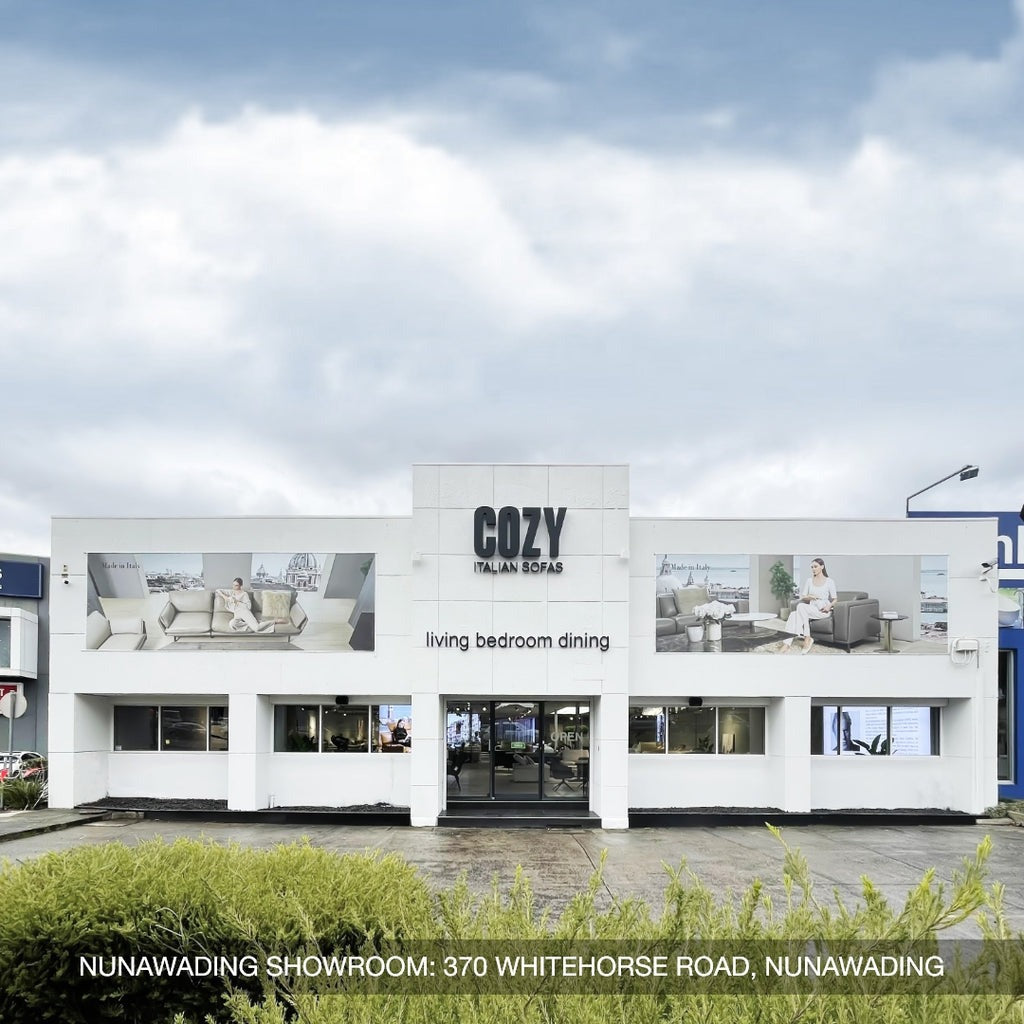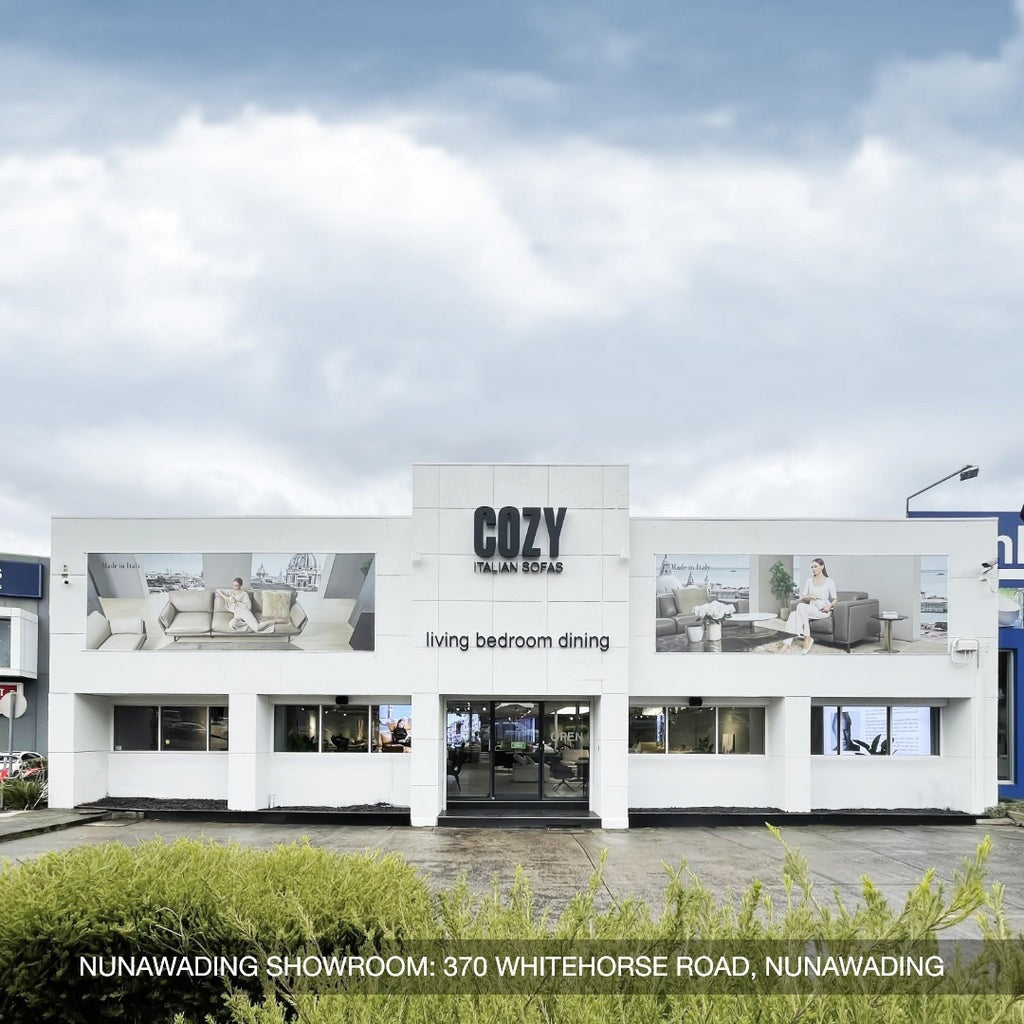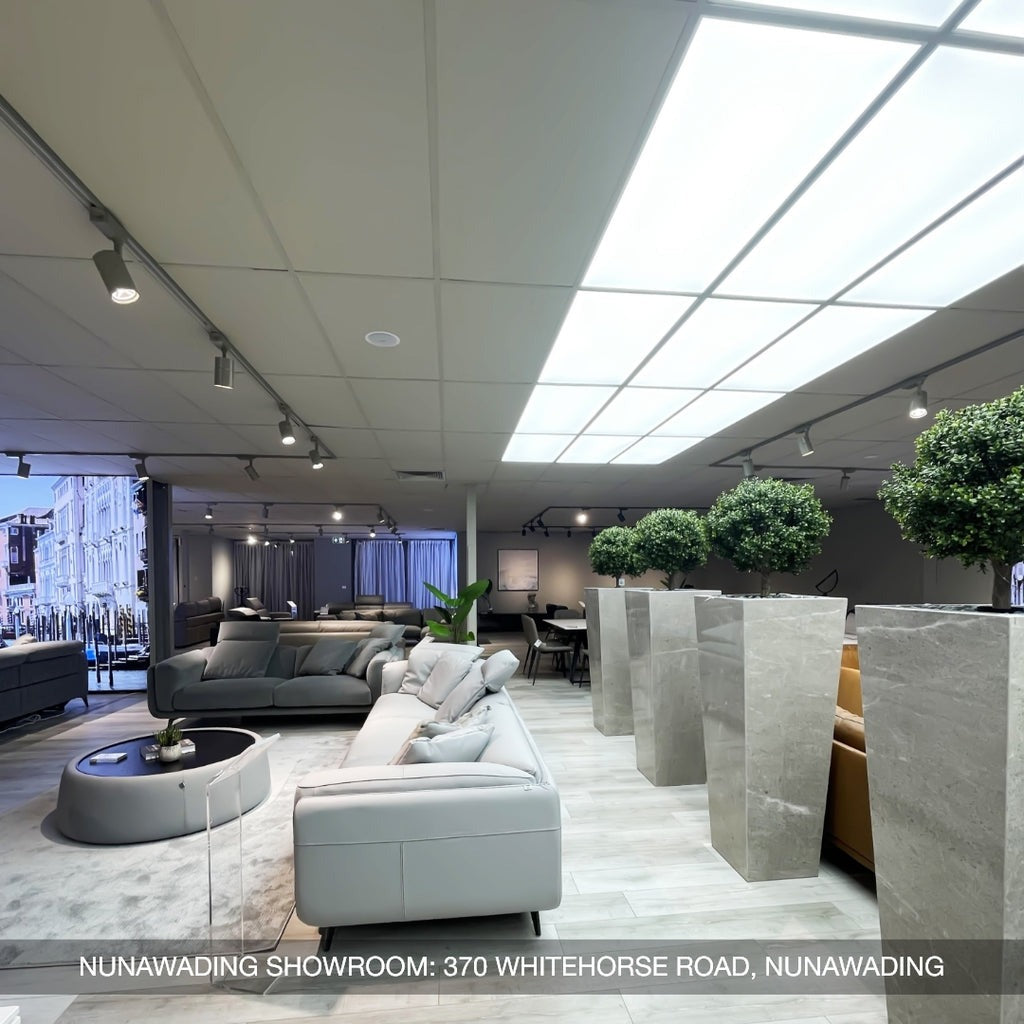Each recliner mechanism operates uniquely, providing varying levels of support and ease of use. From manual to power-operated systems, the variety ensures there’s a perfect fit for everyone. Exploring the types of recliners available helps in making an informed decision. This guide will check up on the various recliner mechanisms, helping you select the best option for your home.
Manual Recliner Mechanisms
Manual recliner mechanisms rely on mechanical parts and your body movement to function. They are a primary category within the types of recliner mechanism, alongside power and electric systems. Grasping the differences between manual and power reclining mechanisms helps in selecting the best option for your comfort and space.
Manual mechanisms (in General) operate through several key components, ensuring durability and ease of use.
- Counterbalance springs assist in the movement of the recliner. They offset the user's weight, making it easier to tilt the backrest and extend the footrest smoothly.
- Locking pins secure the recliner in various positions. When you adjust the chair, these pins engage to hold the backrest and footrest steady, providing stability and safety.
- Release triggers allow you to disengage the locking pins. By pressing the trigger, you can easily adjust the recliner’s angle without excessive effort.
- Tension adjustment features accommodate different user weights. This ensures that the recliner operates smoothly whether you are light or heavy, enhancing overall comfort.
Lever Mechanism
The lever mechanism is a common type of recliner mechanism found in many manual recliners. Lever mechanisms are favored for their simplicity and reliability.
- System Components: It works through a combination of springs and hinges connected to a release lever.
- Operation: Pulling the lever unlocks the backrest, allowing it to tilt back smoothly.
- Footrest Extension: As the back reclines, the footrest extends automatically via connected linkages, providing full-body support.
- Locking System: A robust locking system holds the chair in your chosen position, ensuring stability during use.
Push-Back Mechanism
Push-back mechanisms offer a hands-free reclining experience, enhancing convenience and ease of use. Push-back mechanisms are ideal for users seeking effortless adjustment.
- Activation: These mechanisms use your body weight and back pressure to activate the reclining function.
- Responsive Design: Springs and hinges respond to backward pressure on the backrest, initiating the recline smoothly.
- Smooth Transition: The mechanism shifts the chair into a reclined position without the need for external controls.
- Integrated Activation: No external lever is needed; the entire back acts as the activation point, simplifying the operation.
Wall-Hugger Mechanism
Wall-hugger mechanisms are designed for space efficiency, making them perfect for modern living spaces. Wall-hugger mechanisms incorporate modern recliner features and innovations, allowing for versatile placement within various room layouts.
- Sliding Track System: They feature a sliding track system that moves forward as the recliner tilts back.
- Seat Gliding: The seat glides forward on the base while reclining, maintaining proximity to walls or furniture.
- Minimal Clearance: Wall-hugger recliners require only 4-6 inches of wall clearance, making them suitable for smaller rooms.
- Proximity Maintenance: This mechanism keeps you closer to nearby tables or furniture while reclining, enhancing usability in confined spaces.

Manual recliner mechanisms operate through mechanical components and the user's physical movement.
Power Recliner Mechanisms
Understanding how does a recliner mechanism works is vital for choosing the right recliner type. Power recliner mechanisms use electric motors to control movement, offering enhanced convenience and flexibility. These mechanisms are a key component among the types of recliner mechanism, alongside manual and electric reclining systems. Electric reclining systems provide effortless adjustments, making them ideal for those seeking modern comfort and advanced features.
Power mechanisms (in General) transform electrical energy into mechanical movement, ensuring smooth and reliable operation. They utilize gear reduction to achieve seamless motion, reducing noise and wear. Limit switches regulate the range of motion, preventing overextension and ensuring safety. Additionally, thermal protection is integrated to safeguard the motor from overheating, enhancing durability and performance.
Single Motor
Single motor systems employ one motor to manage both the backrest and footrest through a connected mechanism. The motor drives a series of gears that coordinate the movement efficiently. When activated, the backrest and footrest move in a synchronized pattern, providing a unified reclining experience. These systems often include a backup battery, ensuring functionality during power outages. Single motor recliners are popular for their simplicity and reliability.
Dual Motor
Dual motor systems feature separate motors for the backrest and footrest, allowing independent control of each component. Each motor operates its own gear system, enabling precise positioning of the back and feet. This independence offers greater customization, catering to individual comfort preferences. Although dual motor systems involve more complex wiring, they provide enhanced flexibility and adjustability. Dual motor recliners are ideal for users seeking tailored comfort.

Power recliner mechanisms, which rely on electric motors to control movement, provide superior convenience and flexibility.
Lift Recliner Mechanisms
Lift recliners incorporate robust components to ensure smooth and safe operation. Lift recliners are particularly beneficial for individuals with mobility issues.
- A strong scissor mechanism under the seat provides the necessary support. It expands and contracts to lift the user smoothly from a seated to a standing position.
- Electric motors power the lifting frame, pushing it up and forward. These motors offer reliable performance and require minimal effort from the user.
- Springs are integrated to balance the user’s weight during lifting. This balance reduces strain on the motor and ensures a stable lift.
- Safety locks are essential to prevent unexpected movement. They secure the recliner in both seated and standing positions, enhancing user safety.
- Multiple motors work in tandem to coordinate lift and recline functions. This coordination allows for seamless transitions between different reclining angles and standing assistance.
Glider Recliner Mechanisms
Glider recliner mechanisms offer a soothing back-and-forth motion, ideal for relaxation and comfort. Glider recliners integrate gliding and reclining functionalities for enhanced user experience. Glider recliners are popular in nurseries and living rooms due to their relaxing motion.
- Horizontal sliding rails facilitate smooth back-and-forth motion. This gentle glide mimics the natural rocking motion, providing a calming effect.
- A separate reclining mechanism operates alongside the gliding feature. This dual system allows users to adjust the reclining angle independently of the gliding motion.
- Ball bearings within the tracks ensure smooth and effortless movement. They reduce friction, making the gliding action quiet and fluid.
- Tension springs are used to control the speed of the glide. Users can adjust the resistance to match their comfort level, ensuring a personalized experience.
- Locks can stop the motion at any desired position. This feature provides stability and prevents unwanted movement when the recliner is in use.

Glider recliner mechanisms provide a gentle back-and-forth motion, perfect for relaxation and comfort.
Choosing the Right Mechanism
Selecting the appropriate recliner mechanism depends on various factors. Understanding the standard dimensions of different recliner mechanisms is crucial for making an informed decision.
1. Ensure the recliner can support the user's weight safely. Lift recliners typically have higher weight capacities compared to standard and glider models.
2. Consider the space available for the recliner’s movement. Wall-hugger mechanisms require less clearance, making them suitable for smaller rooms.
3. Choose a mechanism that matches the user’s strength and dexterity. Electric and power mechanisms offer effortless adjustments, ideal for those with limited mobility.
4. Verify the availability of power sources if opting for electric or lift mechanisms. Ensure easy access to electrical outlets to support motor functions.
5. Different mechanisms have varying maintenance needs. Manual mechanisms generally require less maintenance compared to motorized systems.
6. Assess the durability of the mechanism based on usage frequency and quality. High-quality materials and robust construction enhance the longevity of the recliner.
The various types of recliner mechanism offers unique benefits, catering to different comfort and functionality needs. At COZY, we provide a wide selection of high-quality sofas featuring the latest recliner technologies. Our products ensure durability, style, and exceptional comfort. Choose COZY to find the ideal recliner mechanism that fits your lifestyle and enhances your living space.





